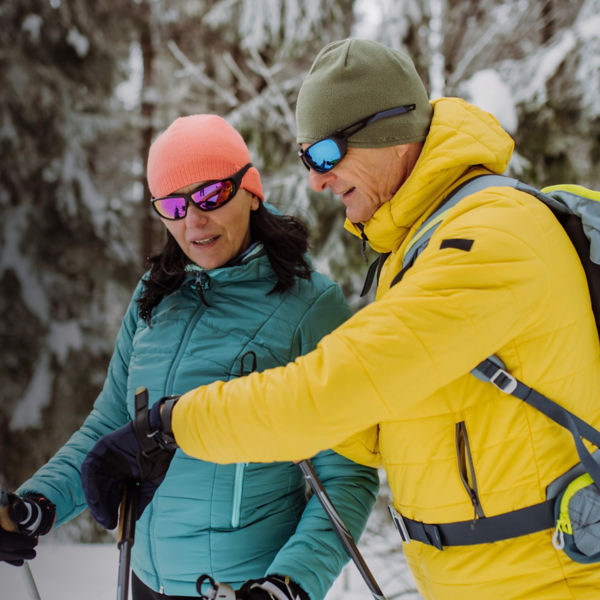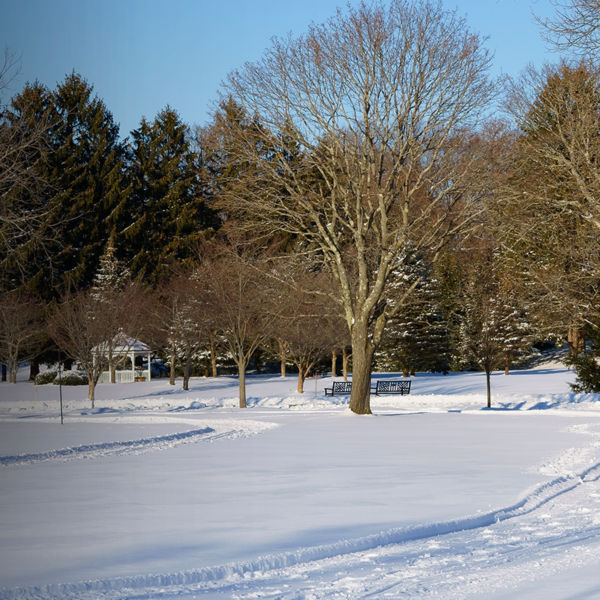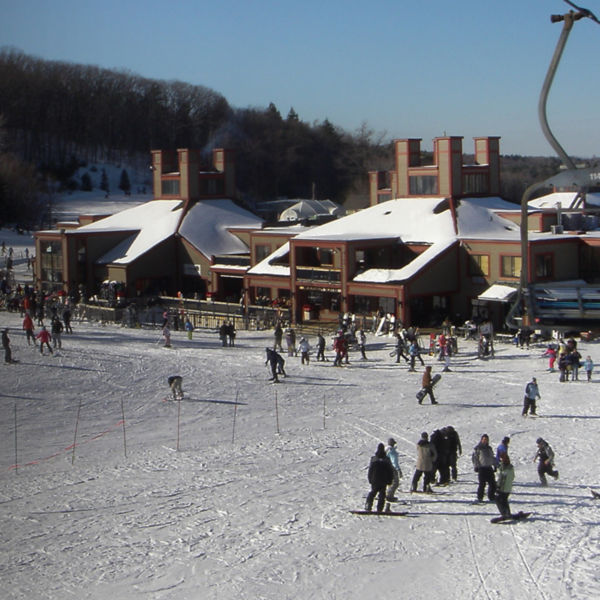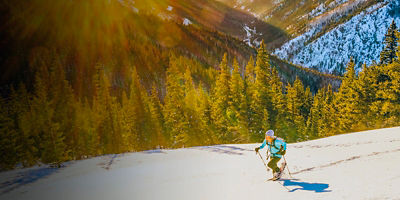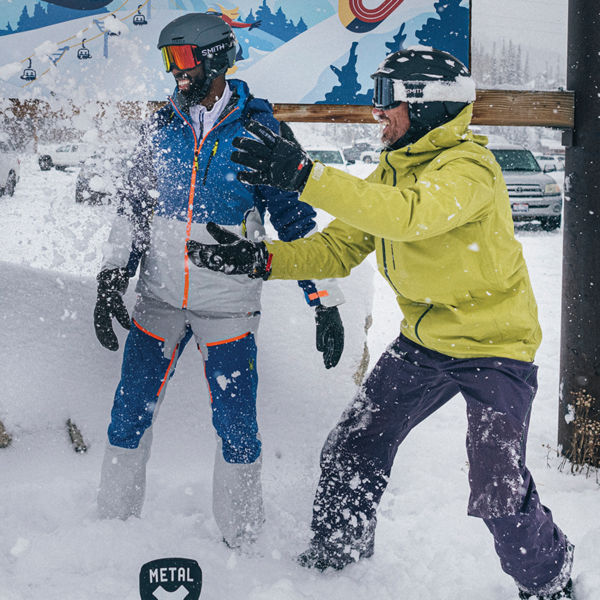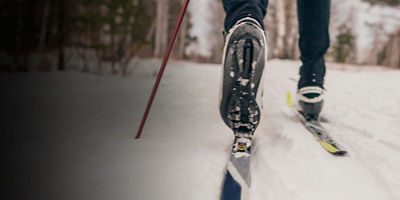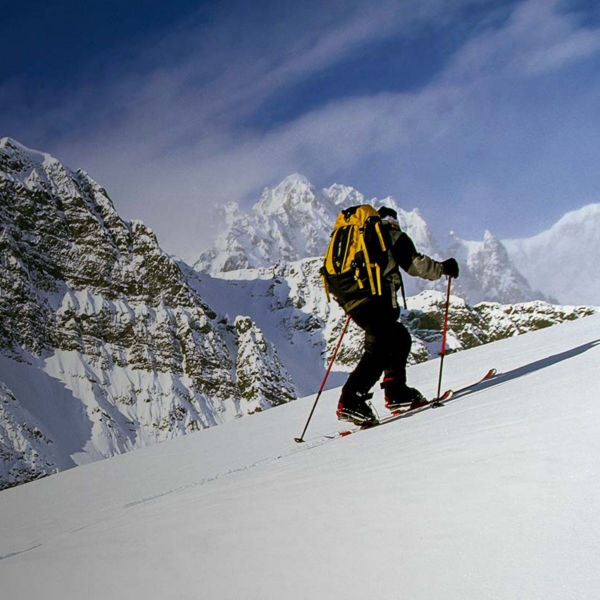
It can be hard to temper the excitement of a new snowboard. But before you hop on and ride off into the sunset, you need to think about how you’re connected to it. Your bindings impact your performance, safety, and comfort. So, you need to consider several factors when purchasing a pair. Select your bindings based on the type of riding you like to do, your ability level and board-boots compatibility. Find the right pair that complements your skills and board. And don’t skimp on this critical piece of equipment that attaches you to your ride. When properly matched to your board and boots, as well as your riding style—be it all-mountain cruising, laying fresh tracks, hucking cliffs or sliding rails in the park—your bindings transfer energy and power from your body to the board, enhancing control and performance.
Flex
The binding flex you choose depends on your ability level and terrain you like to ride. It should also match that of your boots (i.e., if you use a stiff boot, pair it with a stiffer binding). Beginners and freestylers often choose bindings with shorter, flexible highbacks for a softer, more forgiving ride and easy recovery when landing jumps. More serious riders often opt for taller, stiffer backs for better edging on firm snow and support in powder and steep terrain. Consider your riding style before choosing.
Baseplates
Binding baseplates include either discs (most common) or bolts that attach to the binding interface on a board and can be adjusted to accommodate different riding-stance distances and angles. Most bolt patterns follow a standard four-hole pattern, relying on four screws to mount each binding. Note: Burton offers a unique diamond-shaped bolt pattern and other configurations specific to Burton boards; make sure the baseplate pattern of your binding is compatible with that on your snowboard.
Styles
Despite the variety of binding types available, they mostly fall into the traditional, strap-in category. Other styles include speed-entry bindings and step-in bindings, which are more for hard boots, racers and hardpack riders.
Strap-in bindings
This binding standard is suitable for most riding styles and boot flexes, offering great support and cushioning. The design allows you strap your snowboard boot down onto a baseplate with a highback using two straps: a toe strap that holds your toe in place and an ankle strap securing your ankle. Both are usually tightened with a ratcheting system. They can be used with any brand of snowboard boot, but a given manufacturer’s boots generally fit their bindings the best. Drawback: They require unbuckling at the bottom of each run before boarding the lift.
Toe straps vs. cups
Some toe straps have changed over the years, thanks to Burton debuting a “toe cap” covering the boot’s toe. Other manufacturers have since followed suit, and now also make a strap that can be converted either way. Toe cup benefit: It’s designed to push the boot back into the binding, reducing forefoot pressure points and enhancing energy transfer.
Speed-entry bindings
Similar to strap-in bindings but slightly heavier, these have reclining highbacks that allow you to slide your boot in easily, replacing the buckling required of strap-in bindings. A yoke-like system tightens across the forefoot to hold you in. They work with both firm and soft-flexing boots.
Step-in bindings
Usable only with specific, stiffer boots, step-in bindings feature a pin or other metal piece on the bottom of the boot that clicks into a special plate, making it easy to get in and out of without sitting down and strapping in. Without the strap support of strap-in bindings, they require a stiffer boot that’s harder to flex. Drawbacks include: ice buildup on the binding and boot bottom, making it hard to engage; and lack of support from the binding.
Women-specific bindings
These have lower highbacks to accommodate lower calves and are narrower to better fit women’s boots and to enhance energy transfer to the snowboard.











